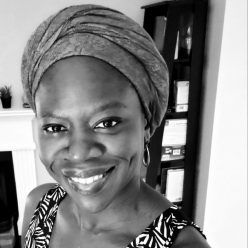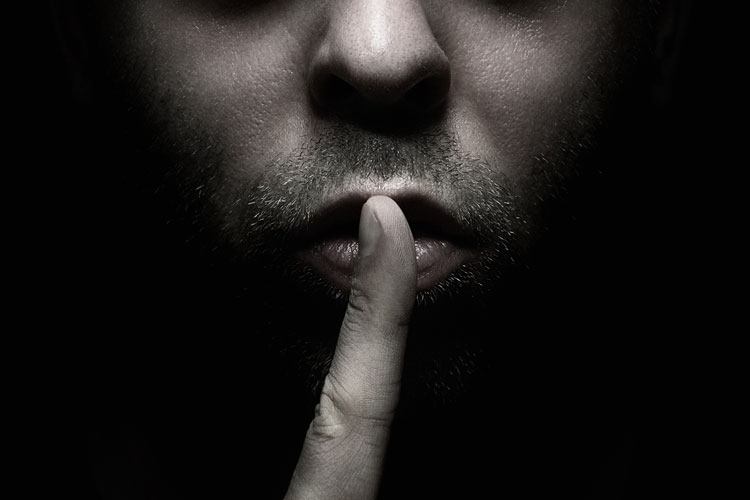Good morning I’ll be your doctor today …
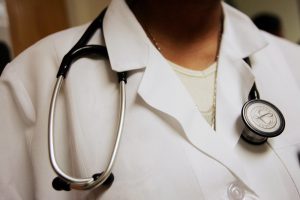
These simple words mark the beginning of my relationship with Jay, as I usher him through the doors of my office. Jay is a black gay man in his twenties, living in Atlanta and newly diagnosed with HIV. He tested positive for HIV infection during an emergency room visit for a fever, three weeks ago.
As he settles into his seat his demeanor appears timid and withdrawn and he answers my initial questions mostly in brief monosyllables, barely making eye contact. The first visit is always the hardest both for the healthcare provider and for the patient. I feel the pressure of getting it right and gaining this patient’s trust as I am sure he in turn feels the unease of divulging to a complete stranger the most intimate details of his life.
As the encounter progresses Jay relaxes a little, he is still struggling to come to terms with his diagnosis and what it means for his life moving forward. He shares an apartment with two roommates and works at a fast food restaurant in the city. He admits to having some friends living with HIV, but he never thought he would be faced with the same diagnosis. I provide reassurance but mostly a listening ear which I feel is what he needs most at this time. I ask if he has a support network, someone he can talk to about his diagnosis and the adjustments of living with HIV. While he has family in nearby Alabama, he is estranged from his parents who do not know he is gay and he feels they would not approve of his “lifestyle choices”.
He wishes to keep his diagnosis to himself for now and reassures me he is a fighter and will pull through. We discuss treatment options and clinic resources available to support him. He leaves the office with his first prescription of antiretroviral treatment, marking the start of a challenging new chapter of his life: living with HIV as a black gay male in the South of the United States.
Jay, unfortunately, will not be the only new patient diagnosis of HIV infection I see in the clinic this month. In reality there will be multiple, mostly young, gay/bisexual, male and black making it impossible to ignore the epidemic unfolding in real time. I will go over the same scenario again and again, hoping to gauge every initial clinical encounter right and lay a foundation of trust in the healthcare system which will ensure long-term engagement with HIV care.
Some of the of the less fortunate ones, I will only see as hospitalized patients, battling for survival as opportunistic infections ravage their immunocompromised bodies, sometimes well past the point where their lives can be saved. The deaths are the hardest to deal with, especially knowing that it doesn’t have to be this way in 2018.
Against terrible odds
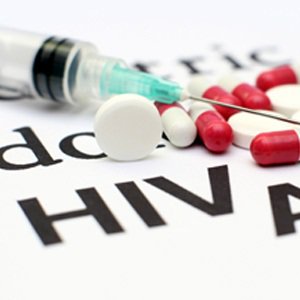 Worldwide, the incredible advances in treatment and prevention over the past 37 years, have transformed the face of HIV completely. What was once a death sentence is now a chronic and manageable infection with effective and simplified treatment options.
Worldwide, the incredible advances in treatment and prevention over the past 37 years, have transformed the face of HIV completely. What was once a death sentence is now a chronic and manageable infection with effective and simplified treatment options.
In cities like New York and San Francisco, once among the hardest hit by the epidemic in the early 1980s, infection rates continue to decline and HIV-infected individuals are retained in care at high rates.
Sadly, the same cannot be said for the epidemic of HIV in the South of the US where the virus continues to plough through the black gay/bisexual/trans community at an alarming pace. In 2016, the Centers for Disease Control and Prevention estimated that one in two African-American gay/bisexual males (men who have sex with other men-MSM) will become infected with HIV over the course of their lifetime, a staggering statistic when compared to the 1 in 99 lifetime risk of HIV infection for all Americans and the 1 in 11 lifetime risk of infection for white gay/bisexual men.
These rates are among the highest rates of HIV infection in the world! The Southern States represent about 37% percent of the US population, yet per recent public health estimates account for just over half of the new HIV diagnoses nationwide, with most of these being in gay/bisexual black males. 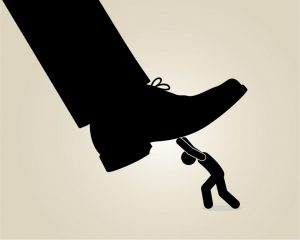 The odds are incredibly harsh for patients like Jay for whom a diagnosis of HIV at some point in their lives almost seems to be an inevitable outcome. The reasons behind this raging epidemic are multifaceted and extremely complex rooted in a history of racial discrimination, homophobia, economic and social disparities. These elements have come together to create a perfect storm and continue to feed an epidemic which is proving challenging to contain.
The odds are incredibly harsh for patients like Jay for whom a diagnosis of HIV at some point in their lives almost seems to be an inevitable outcome. The reasons behind this raging epidemic are multifaceted and extremely complex rooted in a history of racial discrimination, homophobia, economic and social disparities. These elements have come together to create a perfect storm and continue to feed an epidemic which is proving challenging to contain.
The deadly trifecta – Racial discrimination, Homophobia and Stigma
During the very early years of the HIV epidemic in the 1980s,  white gay men very quickly became the face of the epidemic due to the sheer numbers of them who were infected and dying from AIDS. This led to a galvanization of public health efforts aimed at prevention, education and treatment resulting in a sharp decline of new infections as awareness of the problem grew. As the years went by and new effective treatments for HIV were developed, the focus and funding began to shift to other areas like marriage equality, with many considering HIV an issue that was largely under control.
white gay men very quickly became the face of the epidemic due to the sheer numbers of them who were infected and dying from AIDS. This led to a galvanization of public health efforts aimed at prevention, education and treatment resulting in a sharp decline of new infections as awareness of the problem grew. As the years went by and new effective treatments for HIV were developed, the focus and funding began to shift to other areas like marriage equality, with many considering HIV an issue that was largely under control.
In reality, the legacy of the focus on the white gay/bisexual male HIV epidemic in the US was a silent epidemic allowed to take root in the black gay community, where being identified as a gay/bisexual male was shrouded with taboo and stigma. The complacency could not have come at a worse time, laying the foundation for an epidemic at its peak today. 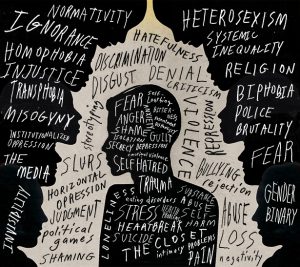 The advent of the HIV epidemic in the black MSM community, joined the ranks of existing healthcare disparities which disproportionately affect minorities in the United States and the extensive stigma and discrimination associated with being black and MSM.
The advent of the HIV epidemic in the black MSM community, joined the ranks of existing healthcare disparities which disproportionately affect minorities in the United States and the extensive stigma and discrimination associated with being black and MSM.
All of these factors are amplified several fold in the Southern States of the United States where deeply held Christian religious views promote and sustain homophobia and stigma. I continue to be surprised at the number of MSM patients I see in clinic who live a life of secrecy to preserve family ties and relationships with loved ones they feel may not be accepting of the sexual orientation. In many ways Atlanta is a safe haven and an oasis of acceptance for black MSM much like San Francisco for white MSM in the 1980s and 1990s but this virtue also makes it one of the epicenters of the Southern Epidemic.
The concentration of black MSM in the city has also increased the risks of HIV transmission. Sexual networks and the pool of potential partners tend to be closed within the black community with black MSM having sex with other black MSM.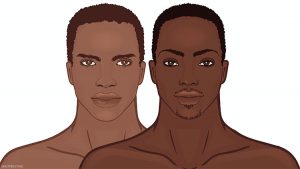 When infections do occur, access to healthcare services is hindered by a lack of education on available options for prevention, testing and treatment, homelessness and poverty, substance abuse issues and the stigma of being labelled as infected with HIV. It is estimated that 45% of MSM in the United States have never tested for HIV infection and about 40% of new infections are transmitted by people living with undiagnosed HIV.
When infections do occur, access to healthcare services is hindered by a lack of education on available options for prevention, testing and treatment, homelessness and poverty, substance abuse issues and the stigma of being labelled as infected with HIV. It is estimated that 45% of MSM in the United States have never tested for HIV infection and about 40% of new infections are transmitted by people living with undiagnosed HIV.
The low rates of testing and diagnosis mean that we are seeing far too many people diagnosed with advanced disease and serious opportunistic infections which can have serious life changing consequences or result in death. In 2016, there were and estimated 1513 new diagnoses of HIV infection in the city of Atlanta, a number which has held steady since 2012. Out of these, 360 deaths of people diagnosed with HIV were recorded in the city. The numbers are stark and the picture, though somber, shows the true face of the HIV epidemic in the black MSM community, highlighting the need to do more if we hope to win this fight.
Winning the fight against HIV- Leave no one behind
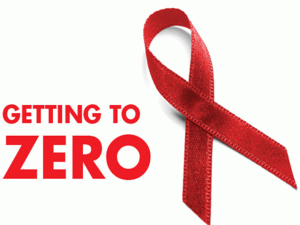 As we mark yet again another world AIDS day this December 1st, there are many reasons to feel hopeful about how far we have come since the beginning of the HIV/AIDS epidemic. We have effective treatments that allow people infected with HIV to live normal lives and have essentially the same life expectancy as uninfected individuals. Also, there is effective pre-exposure prophylaxes which prevents infection from happening in high risk individuals. These advances are real triumphs considering where we were almost 40 years ago but also the reason why it is unconscionable that we leave anyone behind.
As we mark yet again another world AIDS day this December 1st, there are many reasons to feel hopeful about how far we have come since the beginning of the HIV/AIDS epidemic. We have effective treatments that allow people infected with HIV to live normal lives and have essentially the same life expectancy as uninfected individuals. Also, there is effective pre-exposure prophylaxes which prevents infection from happening in high risk individuals. These advances are real triumphs considering where we were almost 40 years ago but also the reason why it is unconscionable that we leave anyone behind.
In 2015, it was estimated that in the United States about 49% of people infected with HIV were on treatment and about half of that number have effectively suppressed their virus. These estimates were even lower in the subgroup of black MSM, the group hardest hit by the current epidemic. We have incredible tools to curb the spread of HIV in our arsenal but we seem not to be getting them to where they are most needed. We cannot allow complacency to set in when the fight is far from won.
A copy and paste model from the early days of the epidemic has clearly not been effective in stemming the tide of the epidemic in black MSM. We must rethink our approaches to engaging the community, fighting stigma, social and economic inequalities. In my opinion this will only be effective through giving the community a voice and a seat at the table in developing innovative strategies for raising awareness on treatment, prevention and HIV care in general.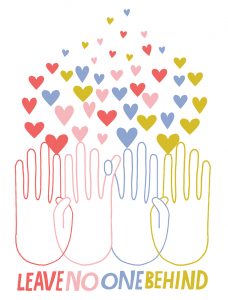
I am hopeful that Jay will return for subsequent treatment visits and will become one of the many success stories in the clinic. In a fight that’s far from over every little step forward counts and sustains the hope that we can beat this once and for all. No one will be left behind this time.
Written by Boghuma K. Titanji
( Names and timing of events have been modified to preserve patient anonymity)
